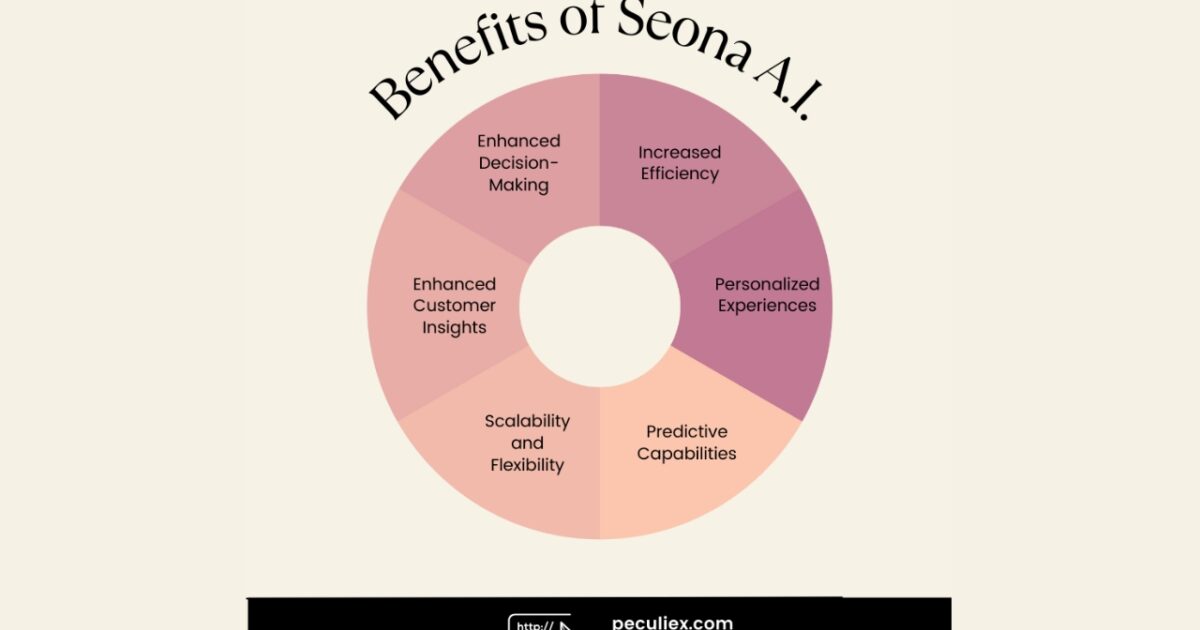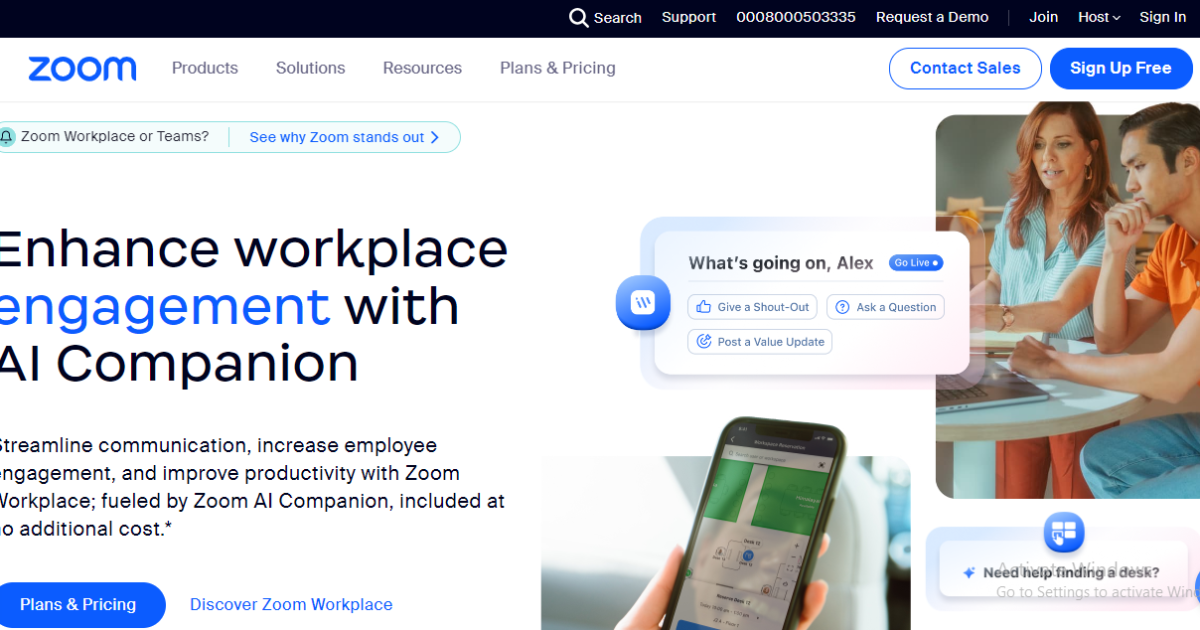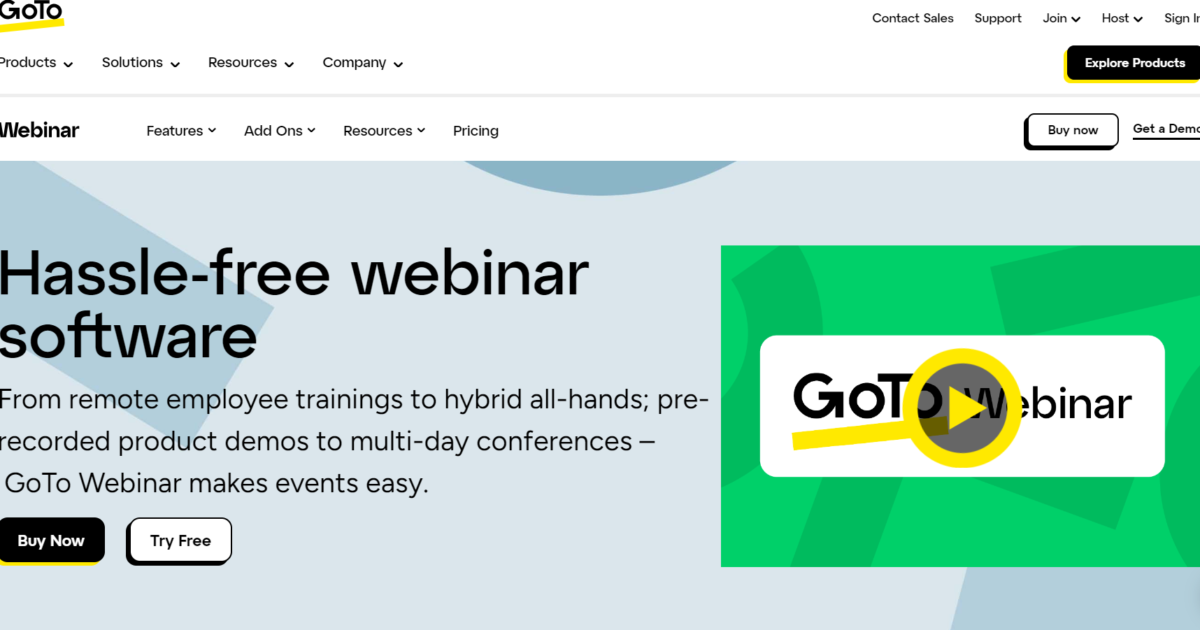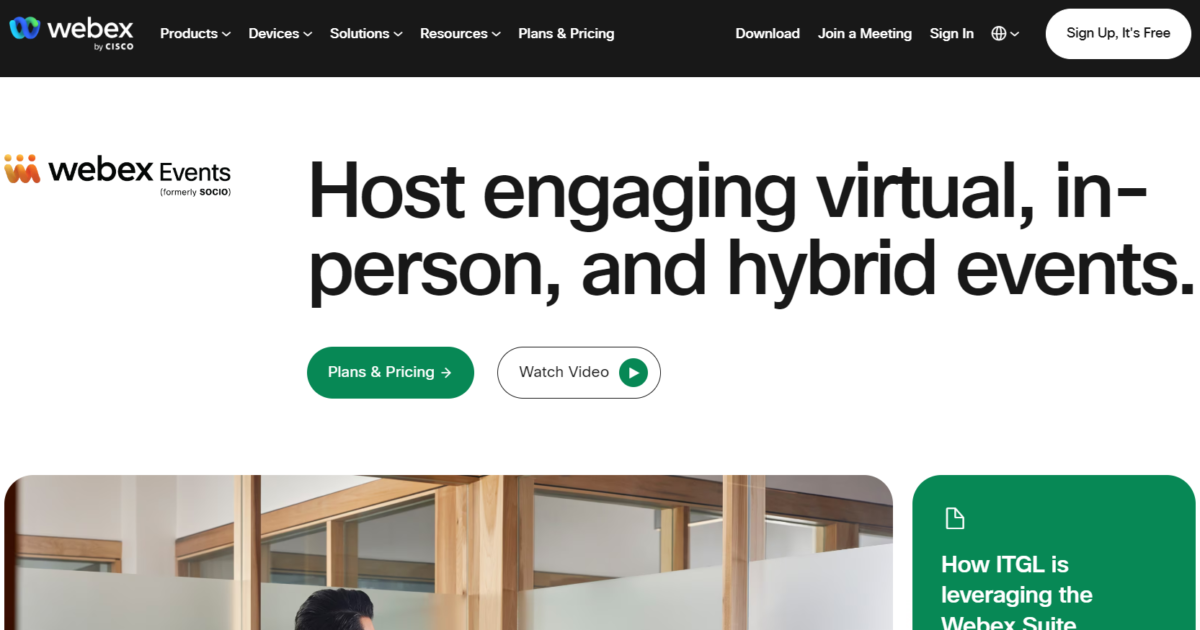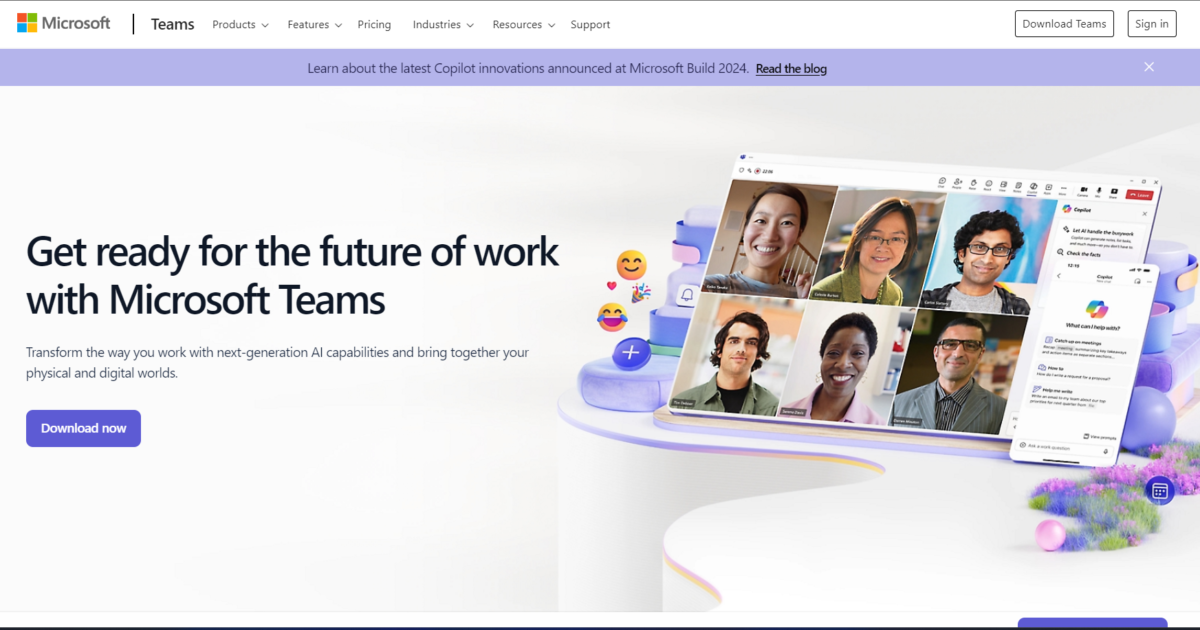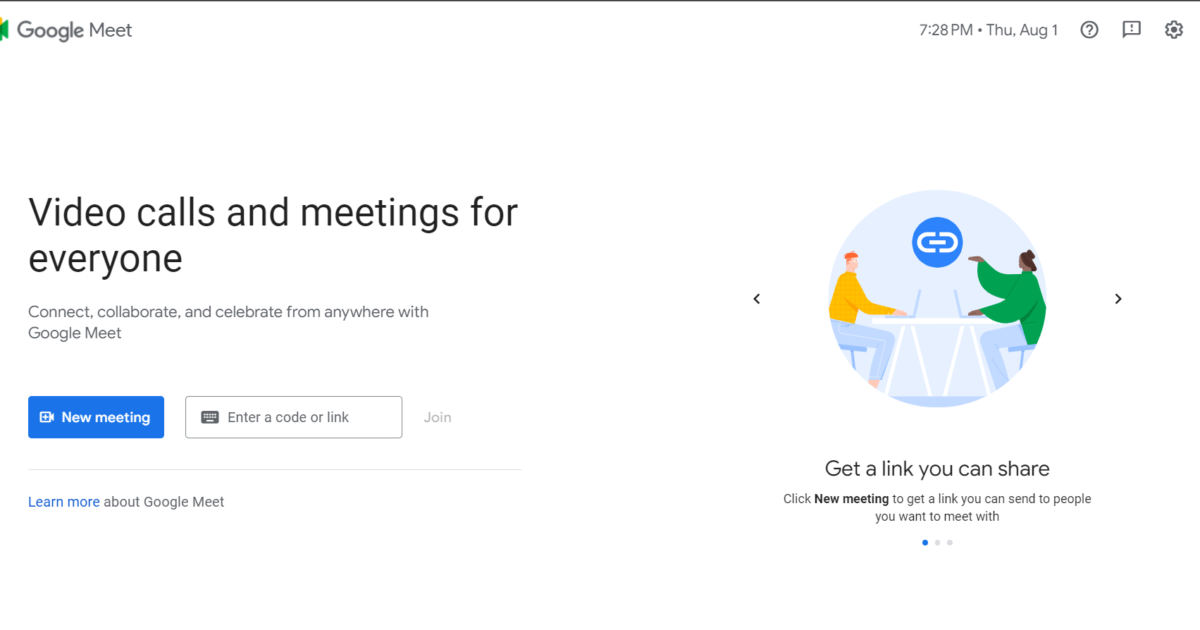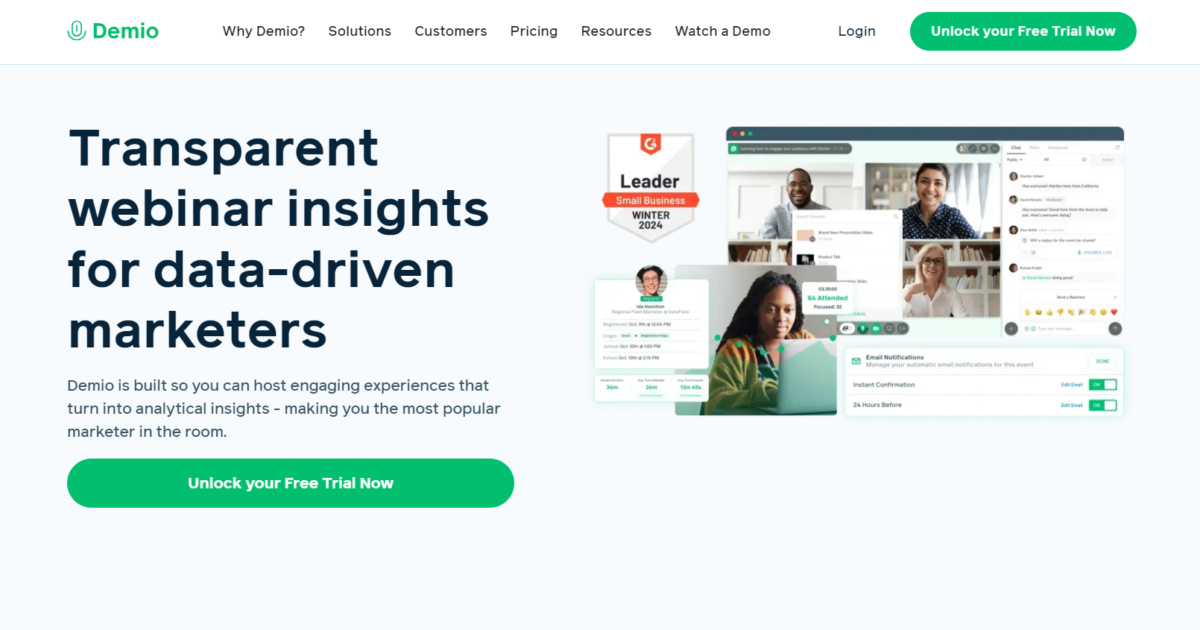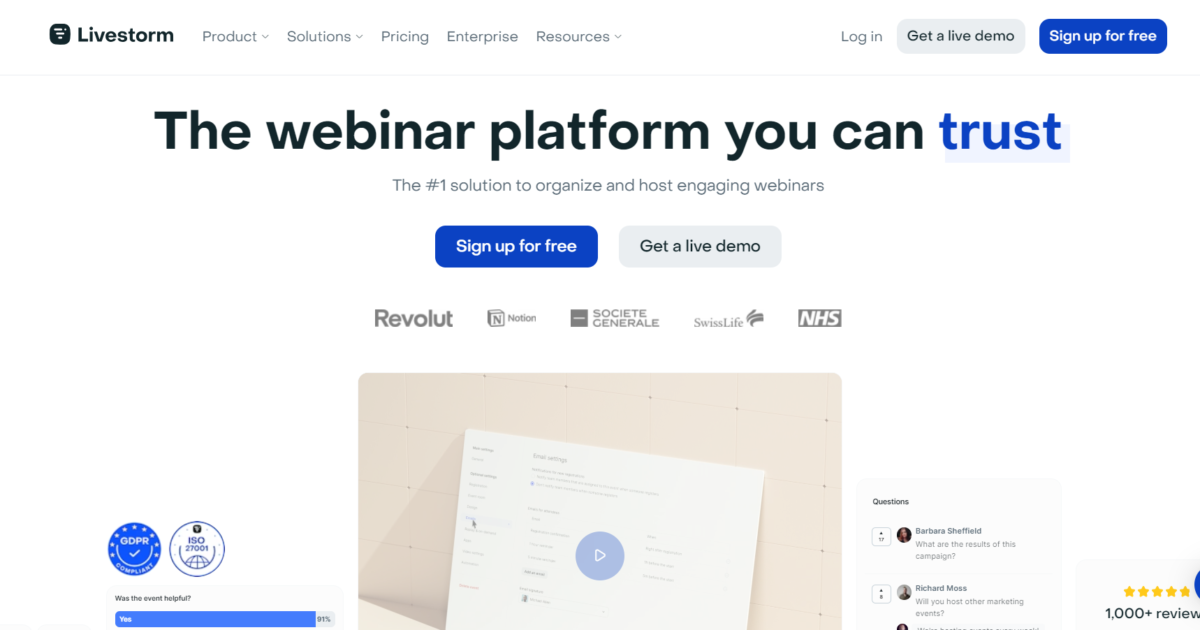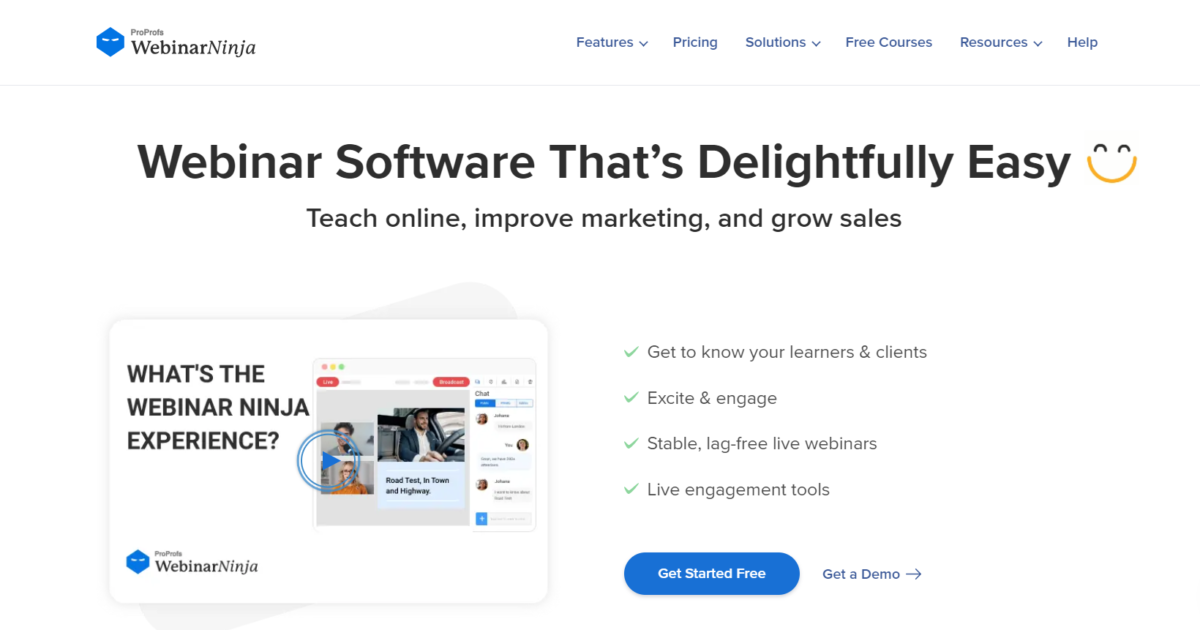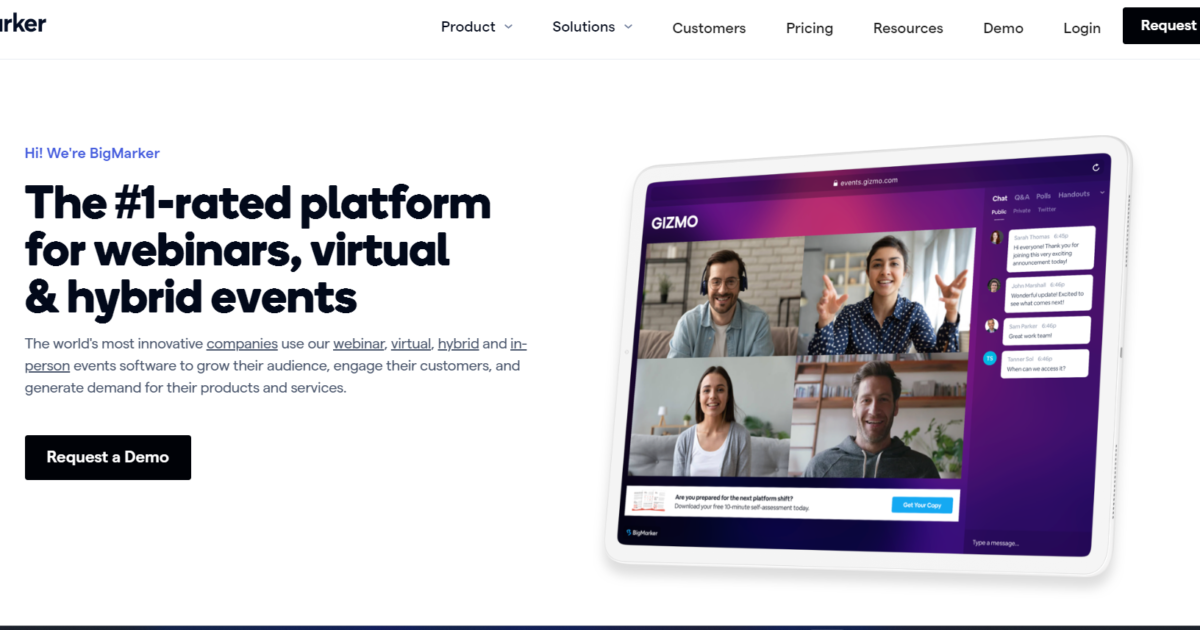Digital marketing is a game of strategy. It’s tough to make a name, particularly when you’re up against big names. Using less contested keywords is a clever method to get ahead. They help your content rank higher on search hits with less work since they aren’t as fought over. They allow smaller websites and less known players to gain more attention and pull in targeted readers.
Low Competition Keywords can give a beneficial boost to businesses with less resources or new to SEO. They can increase your online visibility and draw in more interest. Not just do they improve chances of showing up on search engines, but they also prepare you to take on tougher keywords when your site becomes more authoritative. This guide uncovers the benefits of using less fought over keywords, how to find them, and how to cleverly clad them into your content. Here’s to opening doors and winning the digital game.

Understanding Low Competition Keywords
Keywords with low competition are distinct search strings that aren’t up against much contest from other web pages. These aren’t like high competition keywords, which are always battled for, and mainly by top enterprises. No, the less competitive keywords present a handier point of entry for smaller firms and specialists. Getting the hang of these keywords can greatly boost your SEO game plan, pointing you to parts of the market that aren’t too crowded.
What Makes a Keyword Low Competition?
Several factors contribute to the low competition status of a keyword:
- Search Volume: Often, less-searched keywords have fewer rivals. Even though they’re not as popular as some, they can be great for reaching specific people.
- SERP Analysis: Checking the results on search pages can show how tough the competition is. Keywords with low competition usually have fewer big, popular websites in the results. So, new content stands a better chance.
- Keyword Difficulty Scores: Some tools, like Ahrefs, SEMrush, and Moz, show scores. These scores tell you how hard it might be to rank for a keyword.
- Content Saturation: How much content is already about a keyword also matters. If there’s a lot on one topic, the competition might be stiffer.
- Domain Authority of Competitors: If popular websites target a keyword, competition tends to be higher. On the other hand, keywords with less popular competition are ripe for the picking.
Learn and understand these elements. This helps you find low competition keywords. Then, you can tweak your SEO strategy to focus on these less inundated places effectively.
The Benefits of Targeting Low Competition Keywords
Focusing on low competition keywords provides several strategic advantages for businesses and content creators looking to enhance their SEO efforts and digital marketing performance.
Advantages of Low Competition Keywords:-
- Easier to Rank: Getting top spots for keywords that aren’t heavily contested is usually simpler because there’s less rivalry. It allows you to gain enhanced visibility and search engine rankings without the need for a lot of SEO resources or top-tier backlinks.
- Cost-Effective: When you use paid search ads, picking less popular keywords might save you cash. These often cost less per click, stretching your ad budget, and boosting your profit margin.
- Targeted Traffic: Keywords that aren’t overly competitive cater to particular niches or distinct crowd sections. Focusing on these phrases, you’re able to reel in precise visitor-traffic, known for its high conversion rate. That’s because folks hunting for these keywords typically need exact solutions or items.
- Less SEO Effort: Joining the race for hotly contested keywords usually needs lots of SEO work, including creating tons of content and fierce backlink construction. But using lesser-known keywords can get you better outcomes with less hassle and using fewer resources.
- Opportunity for Growth: Scoring high for less contested keywords can boost your website’s standing and bring in visitors. This could lay a firm base for going after tougher keywords later on, as your site earns more respect and power.
- Niche Market Penetration: Keywords with less competition usually serve unique markets. Focusing on these keywords lets you slip into certain market parts often overlooked. This gives you a chance to snatch up a dedicated audience deeply involved in particular interests.
- Improved Click-Through Rates: Finding your work through low competition keywords can be a big plus for users. Being specific, these keywords match what they’re looking for. Your content turns up just right. This congruence can mean more people clicking your links (CTR) and a better interaction with your work.
With these advantages, companies and those making content can fine-tune their SEO methods. They can get improved outcomes using a concentrated and less demanding plan.

How to Find Low Competition Keywords
Identifying low competition keywords requires a combination of research, analysis, and strategic insight. Here are some effective methods to uncover these valuable keywords:
Keyword Research Tools
- Google Keyword Planner: A free tool, Google Keyword Planner gives data on how much a keyword is searched, how tough the competition is, and how much people generally bid for ads. Study this data to find low-competition keywords to boost rank and traffic.
- Ahrefs: Ahrefs, a potent SEO tool, provides detailed keyword difficulty scores, search volume data, and competitive analysis. Utilize Ahrefs to pin down less competitive keywords and guess their rank potential.
- SEMrush: Another comprehensive tool, SEMrush offers data on keyword competition, search volume, and variations. Use SEMrush to uncover lesser-known keywords which might boost your SEO game.
- Ubersuggest: Ubersuggest provides keyword ideas, search volume data, and a snapshot of competition. It’s a nifty option for finding Low Competition Keywords and exploring related keyword angles.
Competitor Analysis
- Check Out Rival Content: Peep into your rivals’ content. See their target keywords and find gaps for less competitive ones. Tools like SEMrush, Ahrefs are handy for this.
- Studying Backlinks: Check out top-rated rivals’ backlinks. See their target keywords and link origins. This helps find less competitive keywords and similar backlink profiles.
- Unfilled Areas: Check for unfilled areas on your rivals’ websites. If there are uncovered zones, target less competitive keywords related to these and build content to fill in.
Long-Tail Keywords
- Focus on Specific Phrases: Long-tail keywords are more detailed and often longer. They have less competition compared to short and general ones. They cater to users with distinct needs and can bring targeted visitors to your site.
- Keyword Changes: Play around with many versions of your chief keywords. This way, you can find less competitive alternatives. Let’s say your target is “organic skincare.” You can also try “best organic skincare for sensitive skin” or “cheap organic skincare products.”
- Questions as Keywords: Focus on questions as keywords. It can catch users seeking exact answers or remedies. For instance, queries like “how to select organic skincare” or “why is organic skincare beneficial” may have less competition and draw targeted traffic.
User Intent and Behavioral Data
- Grasp What Users Seek: Think about why users search using certain keywords. Keywords with less competition usually meet unique user needs or answer their queries. Including these points in your content can pull in users. They might engage more and convert on your site.
- Analyze Behaviors: Use tools that assess data to study user patterns on your site. Spot trends in the searches users make, the pages they click on, and how they interact. This way, you may find less competitive keywords that suit what users like and need.
Crafting Content Around Low Competition Keywords
After finding keywords with less competition, it’s essential to write top-notch content using these words. Here’s a way to create engaging content that fully utilizes the power of low-competition keywords:
Content Creation Tips
- Awesome Headlines: Make your headlines snappy and fitting. They should contain your easy-to-rank keywords. A kicky headline not only tricks search engines but also hooks users, compelling them to dive into your content.
- Handy, Pertinent Info: Make sure your content is full of useful data that solves the puzzles and woes of your chosen audience. The best content gives answers or remedies that boost user interactions and conversion chances.
- Clever Keyword Use: Weave easy-to-rank keywords naturally into your content. Tuck them into prime spots like headings, subheadings, and the main body content. Ensure that these keywords boost readability and enrich the reader’s experience.
- Multimedia Use: Use your content with graphics, clips, diagrams, and more. Multimedia can make your content more exciting, enhance user interactions, and simplify complex details.
- Inbound and Outbound Links: Toss in links to other relevant content on your site and links to trusted external sources. Inbound links guide users around your site, revealing more content, while outbound links lend authority and extra context.
- Content Layout: Use headers, bullet points, and bite-sized paragraphs to make your content a breeze to read and sift through. Easily digestible content enhances user experience and boosts the chances of users lingering on your page.
- Action Calls (CTAs): Drop in sharp and enticing action calls (CTAs) into your content. Inspire readers to act, by signing up for a newsletter, snagging a download, or making a buy.
- Regular Refresher: Keep updating your content frequently to keep it up-to-date and relevant. Including new facts, covering emerging trends, and revising ancient material helps keep your content effective and continues to reel in web traffic.
By following these content creation tips, you can effectively utilize Low Competition Keywords and enhance the overall quality and impact of your content.

Measuring Success with Low Competition Keywords
If you’re using low competition keywords, tracking and measuring their performance is pivotal to determine if they’re working. Here’s how you can evaluate the success of your low competition keyword approach:
Performance Tracking
- Keyword Rankings: Check your content’s success for low competition keywords. With Google Search Console, Ahrefs, and SEMrush, you can understand your keyword success and watch changes. Keep an eye on your keyword power to see trends and increase your performance.
- Traffic Metrics: Look at traffic details to judge how well your content performs. Use data about page views, sessions, and unique visitors to see if your content is working well. Google Analytics can give you important traffic details to see your low competition keyword’s influence.
- Conversion Rates: Follow your conversion rates to see how well your content brings about actions like generating leads, sales, or other KPIs. Low competition keywords should lead to higher conversions because of their targeted use. Look at your conversion data to discover the best strategies and ways to improve.
- Bounce Rates: Watch bounce rates to make sure users find your content engaging and beneficial. A high bounce rate might mean your content needs better quality or users aren’t finding what they need. Google Analytics can help track bounce rates and recognize potential problems.
- Engagement Metrics: Judge user engagement with metrics like average page time, social shares, and comments. Higher engagement means your content is connecting with your audience and providing value. Track engagement metrics to understand how users connect with your content.
- Competitor Benchmarking: Compare your progress to your competitors. Look at how your content performs compared to similar content with the same or similar low competition keywords. Comparing to competitors can help you find strengths, weaknesses, and areas to work on.
- Return on Investment (ROI): Judge your ROI for your low competition keyword strategy. Think about elements like increased traffic, better rankings, and higher conversion rates to decide how effective you have been. ROI calculations help you appreciate your investment value and make decisions based on data.
- Trend Analysis: Follow keyword trends to see changes in competition and search volume. These analyses can help you adjust your plans based on changing searches and market conditions. Google Trends can give you important details about keyword trends and changes in user interest.
Leveraging Social Media to Amplify Low Competition Keywords
Not only should you tweak your content for search engines, but using social media can also be a game-changer. It pushes the limits of less-competitive keywords. Here’s the scoop on harnessing social media to boost your SEO game:
Social Media Strategies
- Boost Your Content with Less Competitive Keywords: Spread content with easy to win keywords on your social media. Create exciting posts. Show how your content helps users. Encourage them to visit your website. Use related hashtags and keywords to get more visibility.
- Engage with Your Followers: Converse with your followers. Respond to their comments. Join conversations. Clarify their queries. This will strengthen your bond and steer more traffic to your website, improving your content’s efficiency.
- Partner with Influencers: Do team-works with big players or experts from your industry. They will help to broaden your message and extend the reach of your less competitive keywords. Choose those who can best connect with your target audience.
- Spread Content on Multiple Platforms: Dispatch your content widely. Choose the right spots on social media. Each platform serves a different audience. So, present your post accordingly.
- Pay for Social Media Ads: Use paid promotions to get closer to your targeted audience. This can increase your content’s visibility.
- Keep an Eye on Your Performance: Use tools to check how good your content is performing. Look for some indicators like the engagement level, click rates, and conversions.
- Ask Your Followers to Create Content: Inspire your audience to create and share content. This will be a boon for your brand and keyword reach. Prompt them with contests and challenges, or ask for reviews.
- Show Off Your Success: Display positive feedbacks and testimonials on your social media platforms. This builds up trust and increases interaction with your less competitive keyword content.
Adding social media tactics to your SEO game plan? Good idea! You can really dial up the power of those less competitive keywords. You’ll get more people clicking right where you want them — on your digital content. It’s a great way to kick your online marketing into high gear.
Also Read- Boost Your Blog’s Popularity: Top 15 Content Ideas for Maximum Impact

Conclusion
Think of low competition keywords as hidden treasures. They’re great for businesses and content creators. Why? Because they can improve your online standing without you having to spend much or work too hard. These aren’t popular search terms, so they’re easier to rank in. The best part? They bring in the kind of audience you want. You can also be sure that every penny you spend on SEO and ads will be worth it. This clever method doesn’t just make your website more visible in search results. It also helps you reach out to specific markets and lay the groundwork for tougher keywords.
As your site becomes more reputable and authoritative, you’ll be ready to take them on. A well-thought-out plan for finding and exploiting these Low Competition Keywords could be the key to improving your digital marketing strategy. Whether it’s using top-of-the-line keyword research tools, studying competitors, or creating quality content that addresses user needs, every step matters. This can help you build a more streamlined, powerful SEO strategy. Going for Low Competition Keywords lets you seize hidden chances, adjust your content for better engagement, and ultimately, find more success online.










